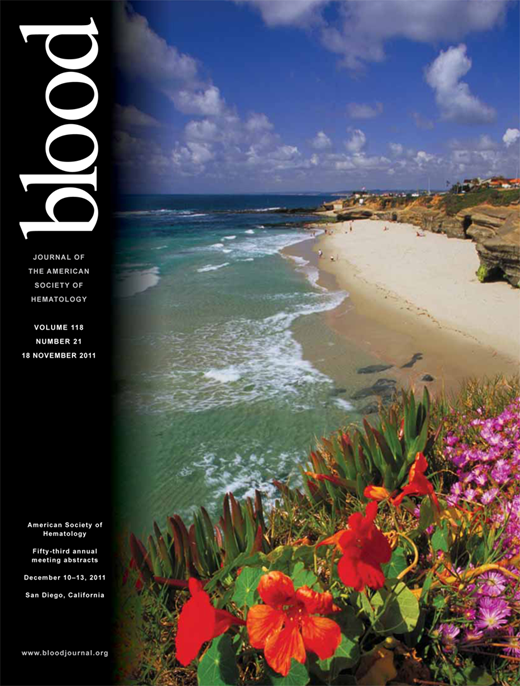Abstract
Abstract 4602
ZAP-70 expression provides important prognostic information in CLL, however, routine flow cytometric assessment has been limited by difficulties in method standardisation. We aimed to test whether ZAP-70 expression measured by quantitative PCR was superior to flow cytometric assessment.
We determined ZAP-70 expression by QPCR on CD19 selected peripheral blood B-cells in 95 patients with CLL and compared this to ZAP-70 measured by flow cytometry. Utility as a predictor of IgVH mutation status and clinical outcome was compared along with other standard prognostic markers.
95 patients were analysed: median age 62years, 62% male, Binet stage at diagnosis (A 84%, B 11%, C 5%). 46% progressed to require treatment at a median time to first treatment of 7.6 years. Median overall survival has not been reached at a median follow-up of 5 years. 72% were ZAP-70 positive (defined as >20%) by flow cytometry, 32% were CD38 positive and 41% had unmutated IgVH status. Median ZAP-70 by QPCR was 3,437 per 10,000 copies of ABL (range, 163 to 30,452). ZAP-70 by flow cytometry and QPCR were significantly correlated (Spearman’s correlation coefficient 0.52, p=0.002). Positive ZAP-70 by flow cytometry had a sensitivity of 100% and specificity of 56% for an unmutated IgVH status. Using a cut-off of 5000, ZAP-70 by QPCR had a sensitivity of 91% and specificity of 88% for an unmutated IgVH status.
Correcting for Binet stage, a shorter time to first treatment was predicted by higher ZAP-70 by QPCR (p=0.001), CD38 positivity (p=0.004) and unmutated IgVH status (p=0.003), but not ZAP-70 positivity by flow cytometry (p=0.09).
ZAP-70 expression determined by QPCR provides better prediction of IgVH mutation status and time to first treatment in patients with CLL than does ZAP-70 expression as measured by flow cytometry.
This research was supported by a grant from the Leukaemia Foundation of Australia.
Banh:Leukaemia Foundation of Australia: Research Funding.
Author notes
Asterisk with author names denotes non-ASH members.

